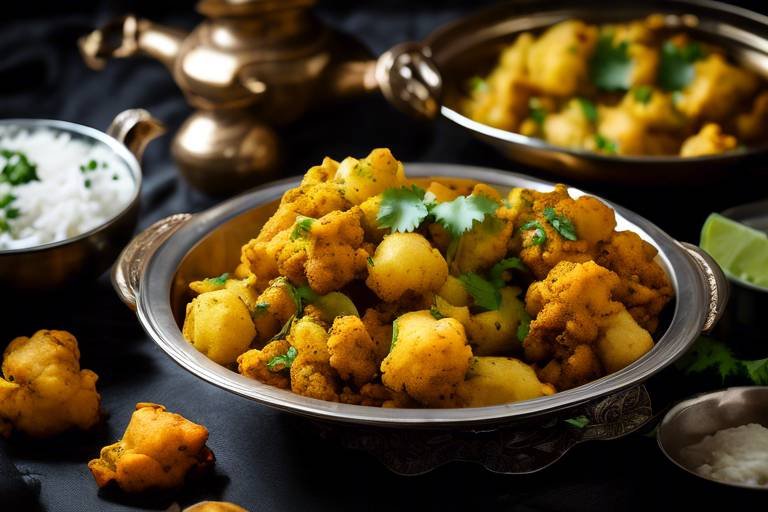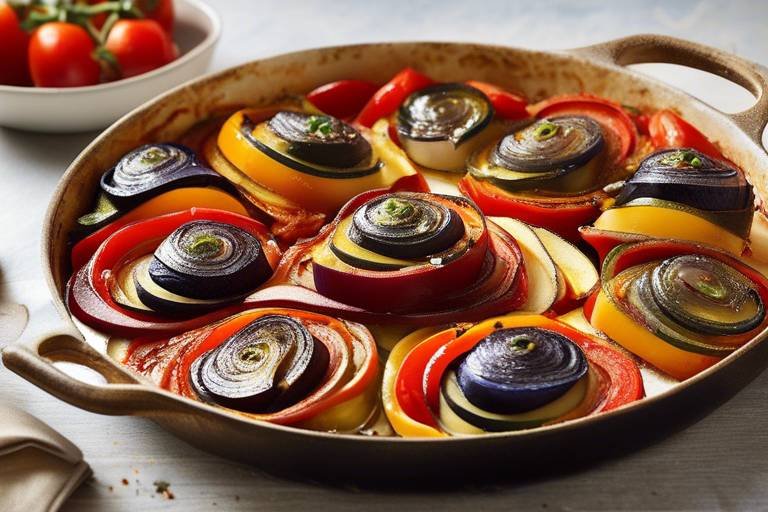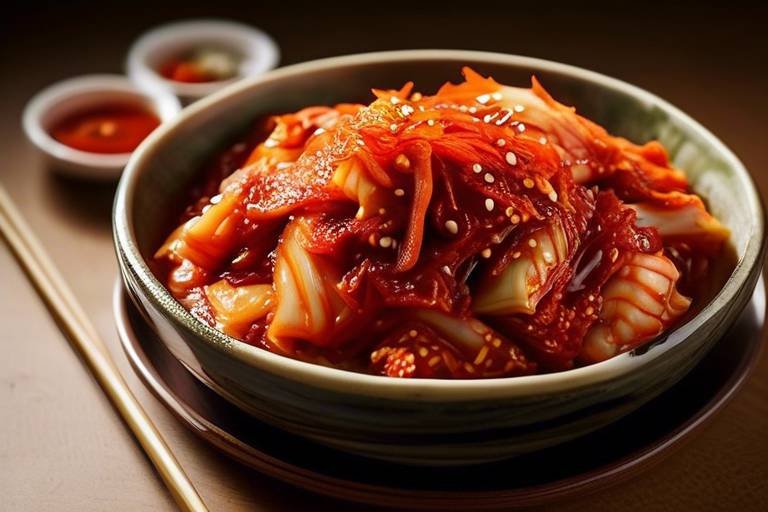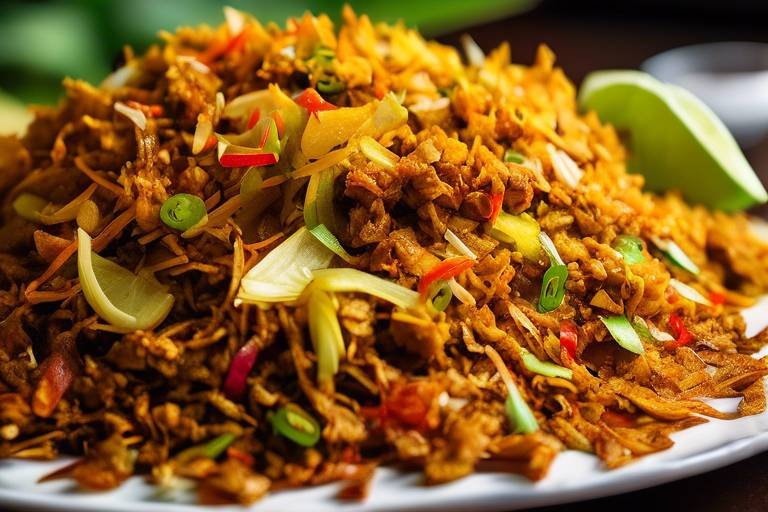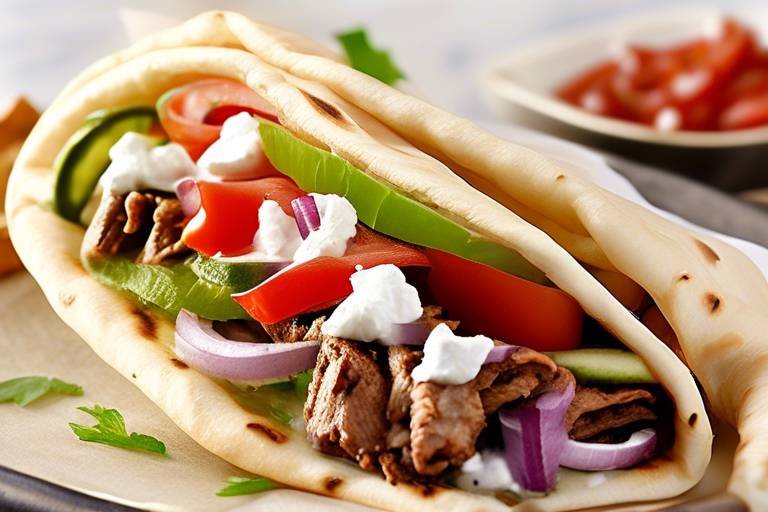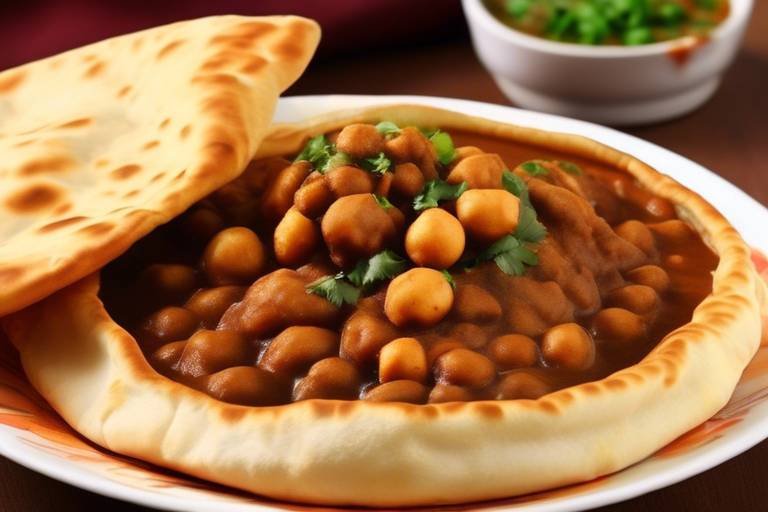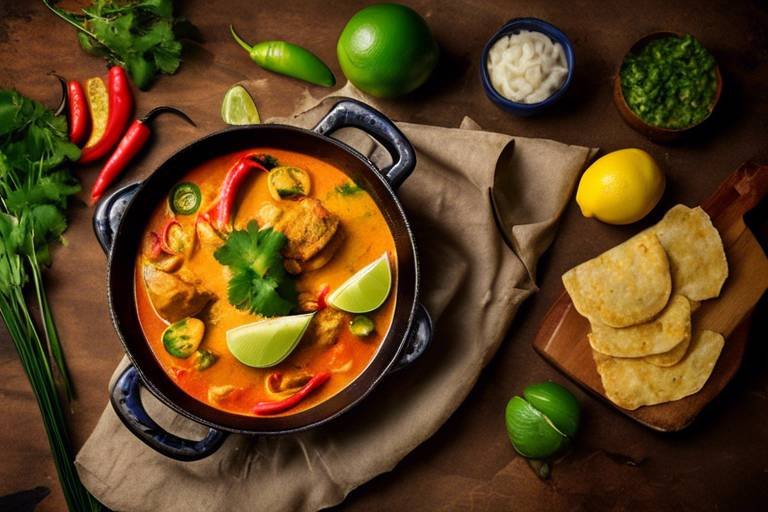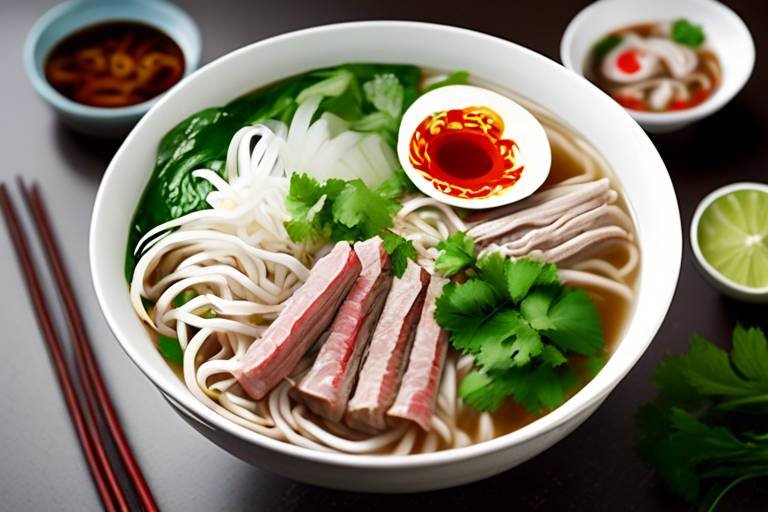Exploring the Flavors of Classic Indian Aloo Gobi
The rich and aromatic flavors of Classic Indian Aloo Gobi transport your taste buds to a culinary paradise filled with the essence of traditional Indian spices. This beloved dish, a harmonious blend of tender potatoes and cauliflower, offers a delightful symphony of textures and tastes that captivate food enthusiasts worldwide.

Origin of Aloo Gobi
Indian cuisine is a vibrant tapestry of flavors, and one dish that stands out for its simplicity yet deliciousness is Aloo Gobi. This traditional Indian dish combines the earthy flavors of potatoes (Aloo) and cauliflower (Gobi) with a blend of aromatic spices to create a satisfying and wholesome meal.
Aloo Gobi has deep-rooted origins in the culinary landscape of India, reflecting the country's rich cultural heritage and diverse regional influences. The dish is believed to have originated in the northern regions of India, where potatoes and cauliflower are staple vegetables. Over the years, Aloo Gobi has become a beloved classic in Indian households and is enjoyed for its comforting flavors and versatility.
The combination of potatoes and cauliflower in Aloo Gobi not only creates a harmonious blend of textures but also showcases the ingenuity of Indian cooking in elevating simple ingredients into a flavorful masterpiece. The dish's history is intertwined with the agricultural practices and culinary traditions of India, making it a symbol of home-cooked goodness and familial warmth.
Legend has it that Aloo Gobi was first created by skilled home cooks who sought to make the most of seasonal produce, resulting in a dish that is both nourishing and delectable. Today, Aloo Gobi continues to hold a special place in Indian cuisine, embodying the essence of comfort food with a touch of culinary artistry.
As Aloo Gobi traveled from kitchens to restaurants and eventually found its way onto international menus, its popularity soared, captivating taste buds around the world. The dish's humble beginnings reflect the resourcefulness and creativity of Indian cooks, who transform everyday ingredients into extraordinary culinary delights.

Ingredients and Preparation
When it comes to creating the aromatic and flavorful dish of Aloo Gobi, the key lies in selecting the right ingredients and mastering the art of preparation. The essential components for this traditional Indian dish include potatoes, cauliflower, onions, tomatoes, ginger, garlic, and a blend of spices such as turmeric, cumin, coriander, and garam masala.
To start the preparation, cut the cauliflower into florets and dice the potatoes into bite-sized pieces. In a pan, heat oil and add cumin seeds to release their aroma before adding chopped onions. Once the onions turn golden brown, add ginger-garlic paste and sauté until fragrant.
Next, incorporate diced tomatoes and the medley of spices, allowing the flavors to meld together. Add the cauliflower and potatoes, ensuring they are coated evenly with the spice mixture. Cover the pan and let the vegetables cook until tender, occasionally stirring to prevent sticking.
For the finishing touch, sprinkle garam masala and fresh coriander leaves over the dish to enhance the aroma and taste. Serve the piping hot Aloo Gobi with fluffy naan bread or steamed rice for a satisfying meal that captures the essence of Indian cuisine.
If you prefer a more detailed guide, you can refer to the table below for a step-by-step breakdown of the Aloo Gobi preparation process:
| Step | Instructions |
|---|---|
| 1 | Cut cauliflower into florets and dice potatoes. |
| 2 | Heat oil, add cumin seeds, and sauté onions. |
| 3 | Introduce ginger-garlic paste and cook until fragrant. |
| 4 | Add tomatoes, spices, cauliflower, and potatoes. |
| 5 | Cover and cook until vegetables are tender. |
| 6 | Sprinkle garam masala and coriander leaves before serving. |
Mastering the art of Aloo Gobi preparation allows you to savor the rich flavors and textures of this classic Indian dish, making it a perfect addition to your culinary repertoire.
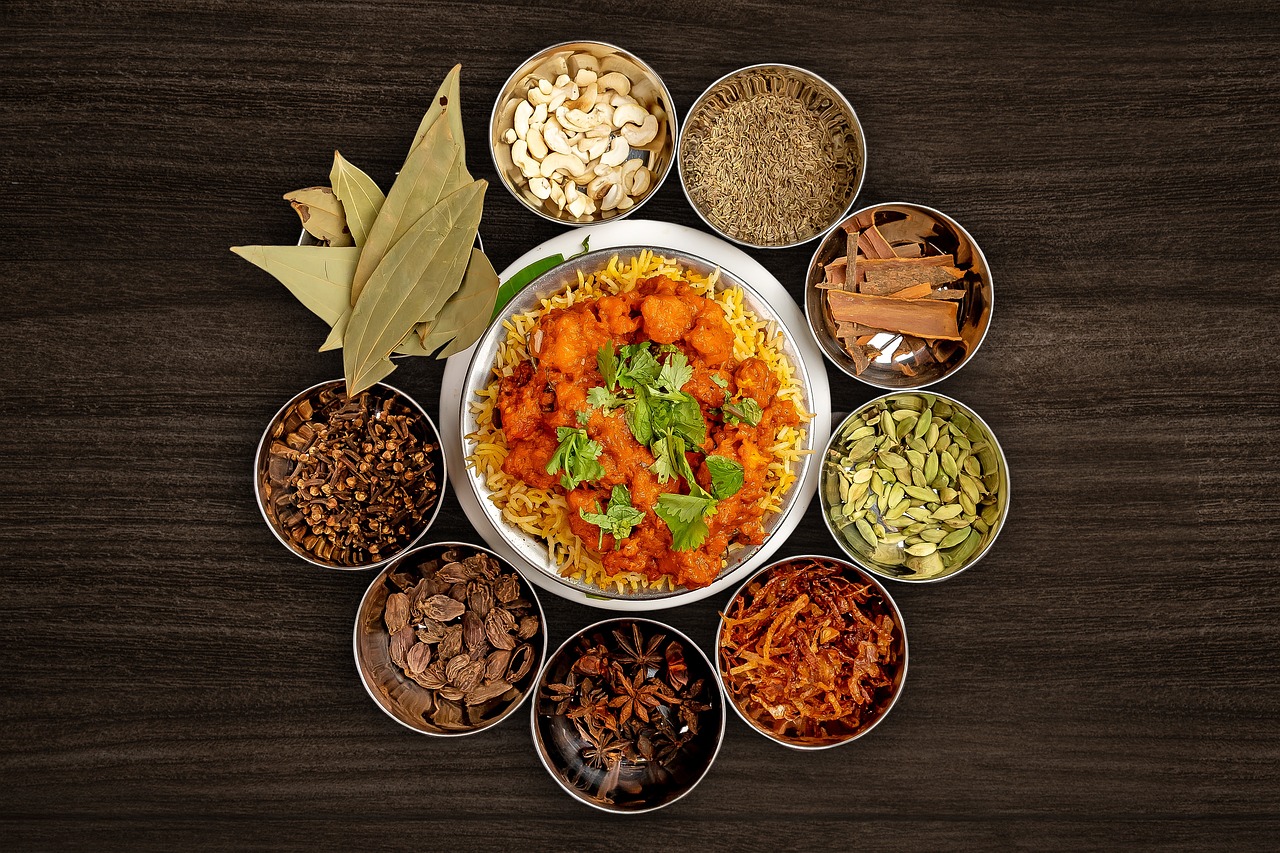
Health Benefits
When it comes to the health benefits of indulging in the delightful flavors of Aloo Gobi, this traditional Indian dish does not disappoint. Packed with a plethora of nutrients and goodness, Aloo Gobi offers a wholesome culinary experience that goes beyond just satisfying your taste buds.
One of the key advantages of consuming Aloo Gobi is its high nutritional value. This dish is a rich source of essential vitamins such as vitamin C, vitamin K, and vitamin B6, which are crucial for maintaining a healthy immune system and supporting overall well-being. Additionally, the presence of minerals like potassium, manganese, and phosphorus in Aloo Gobi contributes to better bone health and energy metabolism.
Furthermore, Aloo Gobi is a treasure trove of antioxidants, thanks to the cauliflower and spices used in its preparation. These antioxidants play a vital role in combating oxidative stress in the body, reducing inflammation, and lowering the risk of chronic diseases. By including Aloo Gobi in your diet, you can boost your antioxidant intake and promote longevity.
Moreover, the low-calorie content of Aloo Gobi makes it a favorable choice for those looking to maintain a healthy weight or shed a few extra pounds. The fiber from the cauliflower and potatoes aids in digestion and keeps you feeling full for longer, reducing the chances of overeating and promoting weight management.
Incorporating Aloo Gobi into your regular meals not only adds a burst of flavor to your palate but also offers a myriad of health benefits that contribute to a balanced and nourishing diet. So, savor each bite of this classic Indian dish knowing that you are treating your body to a wholesome and nutritious feast.

Regional Variations
When it comes to Aloo Gobi, regional variations play a significant role in shaping the diverse flavors of this beloved Indian dish. Each state in India puts its own unique twist on the classic combination of potatoes and cauliflower, resulting in a culinary landscape rich in creativity and tradition. From the spicy notes of Punjab to the coconut-infused recipes of Kerala, exploring the regional variations of Aloo Gobi is like embarking on a flavorful journey across the vast and vibrant tapestry of Indian cuisine.

Serving Suggestions
When it comes to serving Aloo Gobi, the possibilities are as diverse as the flavors of this classic Indian dish. One popular way to enjoy Aloo Gobi is as a main course, accompanied by steaming hot basmati rice or freshly baked naan bread. The hearty combination of tender potatoes and cauliflower, infused with aromatic spices, makes for a satisfying and comforting meal that is sure to please your taste buds.
For those looking to elevate their dining experience, consider serving Aloo Gobi as a side dish alongside other Indian favorites such as creamy dal or spicy chicken curry. The versatility of Aloo Gobi allows it to complement a wide range of dishes, adding a burst of flavor and texture to your culinary creations.
If you're hosting a gathering or dinner party, consider incorporating Aloo Gobi into a thali platter, a traditional Indian meal served on a round platter with an assortment of dishes. This allows your guests to sample a variety of flavors and textures, creating a memorable dining experience that showcases the rich tapestry of Indian cuisine.
For a lighter option, Aloo Gobi can be enjoyed as a standalone dish with a side of cooling raita or tangy pickles. The combination of warm, spiced vegetables with refreshing accompaniments creates a harmonious balance of flavors that is both comforting and refreshing.
When it comes to presentation, consider garnishing your Aloo Gobi with a sprinkle of fresh cilantro or a drizzle of lemon juice to add a pop of color and brightness to the dish. The vibrant hues and aromatic aromas of Aloo Gobi are sure to entice your senses and transport you to the bustling streets of India with each bite.
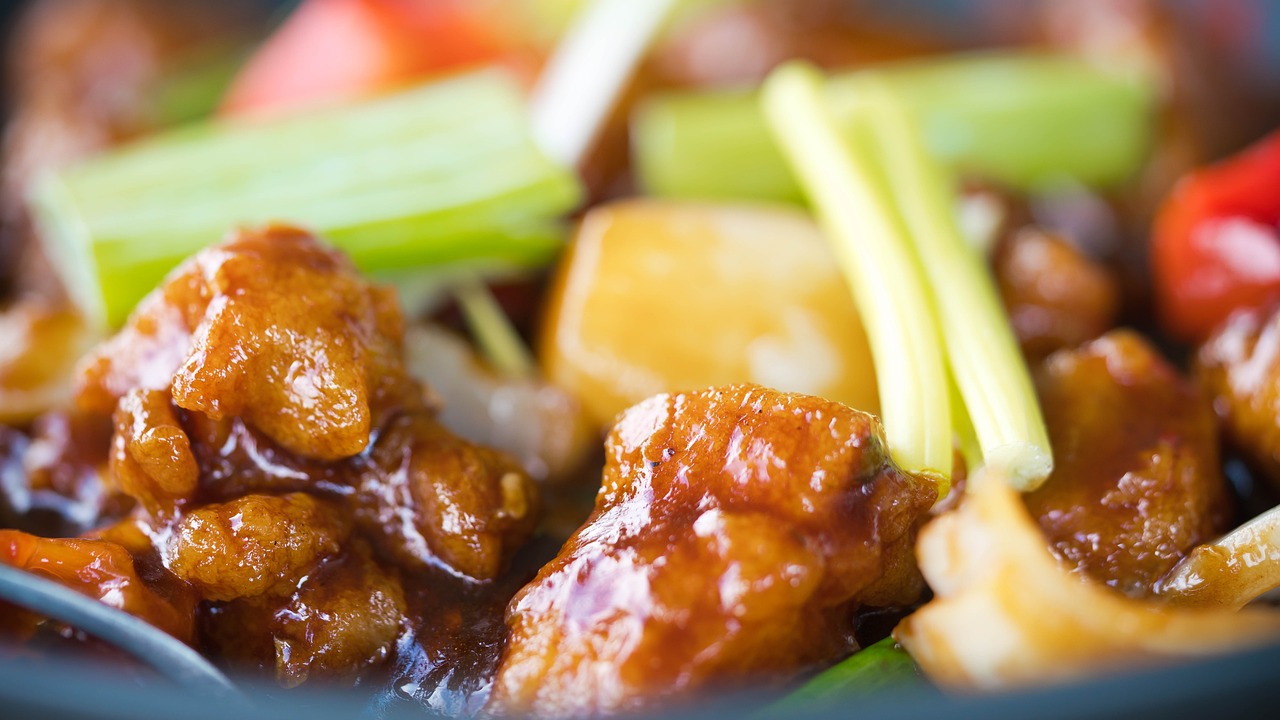
Pairing with Beverages
When it comes to enhancing the delightful flavors of Aloo Gobi, choosing the right beverages can truly elevate your dining experience. The versatile nature of this classic Indian dish allows for a wide range of beverage pairings that complement its rich and aromatic profile. From soothing lassis to fragrant chai teas, the options are as diverse as the regional variations of Aloo Gobi itself.
One popular choice for pairing with Aloo Gobi is the traditional lassi, a refreshing yogurt-based drink that helps balance out the spiciness of the dish. The cool and creamy texture of lassi provides a pleasant contrast to the warm and savory flavors of Aloo Gobi, creating a harmonious combination for your taste buds to savor.
For those who prefer a hot beverage, a steaming cup of chai tea serves as an excellent companion to Aloo Gobi. The aromatic blend of spices in chai tea, such as cardamom, cinnamon, and ginger, resonates beautifully with the earthy notes of cauliflower and the hearty potatoes in the dish.
If you're looking for a non-dairy option, consider pairing Aloo Gobi with a herbal infusion like peppermint or chamomile tea. These soothing herbal teas offer a light and refreshing accompaniment to the bold flavors of the dish, making for a well-rounded and satisfying meal.
Whether you prefer a cold, creamy lassi or a hot, aromatic chai tea, the key to a successful pairing with Aloo Gobi lies in finding beverages that enhance its flavors without overpowering them. Experimenting with different combinations can lead to delightful discoveries that elevate your dining experience to new heights.

Vegan and Gluten-Free Options
Are you looking to enjoy the delightful flavors of Aloo Gobi while adhering to a vegan or gluten-free diet? You're in luck! There are fantastic options available that cater to your dietary preferences without compromising on taste or authenticity.
When preparing a vegan version of Aloo Gobi, simply substitute traditional ingredients like ghee with plant-based oils or vegan butter. Additionally, ensure that your spices and seasonings are free from any animal-derived products to maintain the dish's vegan status.
For those following a gluten-free diet, it's essential to be mindful of certain ingredients that may contain gluten. Opt for certified gluten-free spices and ensure that any thickening agents or sauces used in the recipe are also gluten-free. Cornstarch or arrowroot powder can be excellent alternatives for thickening the curry without gluten.
Experimenting with different vegetables and legumes can also add a unique twist to your vegan and gluten-free Aloo Gobi. Consider incorporating chickpeas, green peas, or even tofu to enhance the dish's protein content and create a more substantial meal.
Remember, the beauty of cooking is in the creativity and flexibility it offers. Don't be afraid to customize recipes to suit your dietary needs and taste preferences. With a few simple swaps and adjustments, you can savor a delicious, vegan, and gluten-free version of the classic Aloo Gobi that satisfies both your cravings and dietary requirements.

Popular Aloo Gobi Recipes
When it comes to popular Aloo Gobi recipes, there are countless variations that showcase the versatility and creativity of this beloved Indian dish. One innovative recipe to try is the Aloo Gobi Masala, where the traditional flavors of Aloo Gobi are elevated with a rich and creamy tomato-based sauce. This decadent version is perfect for special occasions or when you want to impress your guests with a gourmet twist on a classic favorite.
For those looking for a lighter and healthier option, the Roasted Aloo Gobi recipe offers a delightful crunch and depth of flavor. By roasting the potatoes and cauliflower with a blend of spices until golden brown and crispy, this recipe adds a unique texture and smoky essence to the dish, making it a delightful addition to any meal.
If you're in the mood for a spicy kick, the Aloo Gobi Sabzi recipe is a must-try. This fiery version of Aloo Gobi incorporates bold spices like cumin, coriander, and red chili powder to create a fiery and aromatic dish that will tantalize your taste buds. Pair it with steamed rice or warm rotis for a satisfying and flavorful meal.
For a modern twist on the classic Aloo Gobi, consider experimenting with the Aloo Gobi Tikka recipe. By marinating the potatoes and cauliflower in a tangy yogurt and spice mixture before grilling or baking them to perfection, you can create a mouthwatering appetizer or side dish that is sure to be a hit at any gathering.
Whether you prefer traditional recipes or enjoy exploring new culinary horizons, these popular Aloo Gobi recipes offer a delightful array of flavors, textures, and aromas that celebrate the essence of Indian cuisine in all its glory.
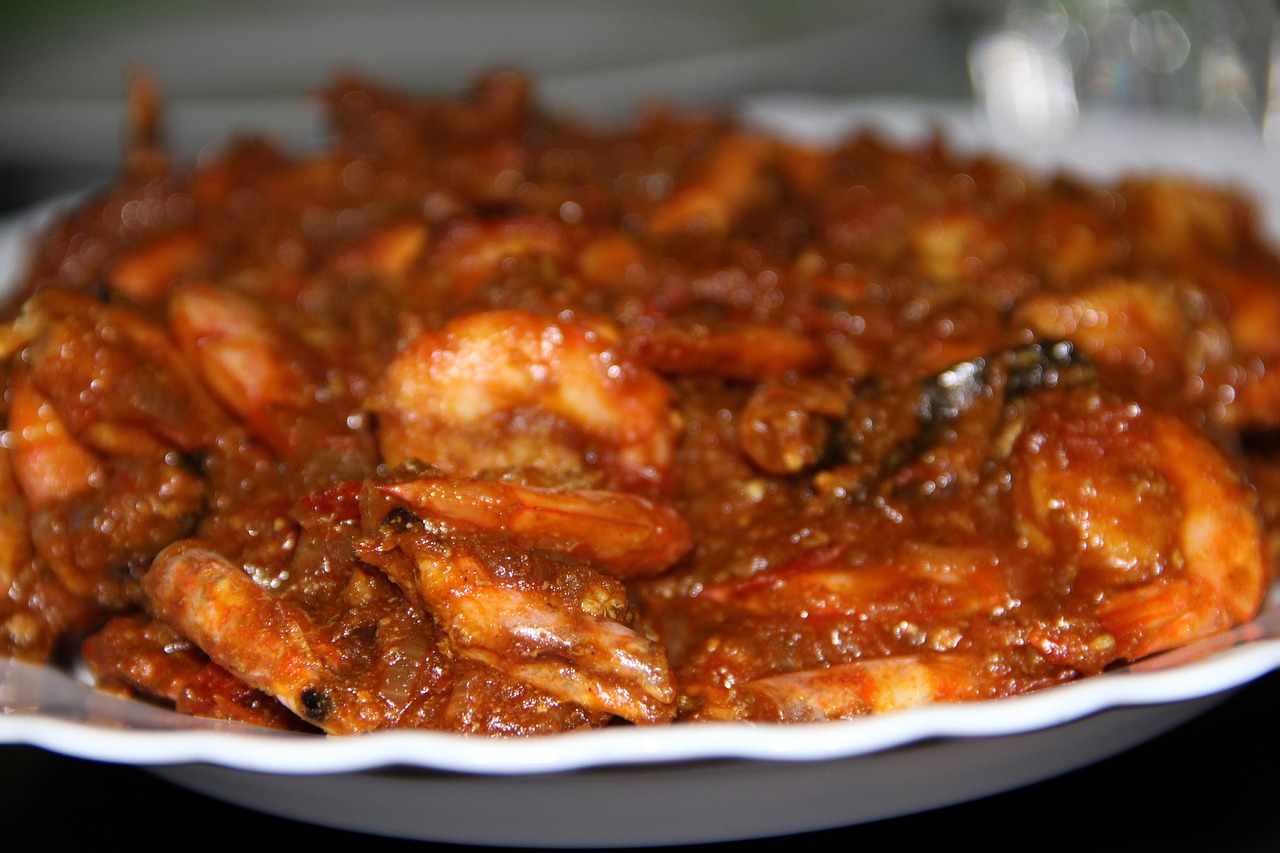
Culinary Tips and Tricks
When it comes to preparing the perfect Aloo Gobi, a few culinary tips and tricks can elevate your dish to a whole new level of flavor and texture. One essential tip is to parboil the potatoes and cauliflower before sautéing them. This ensures that they are cooked through while still retaining their shape and texture.
Spices play a crucial role in the taste of Aloo Gobi. To enhance the flavors, consider toasting whole spices like cumin seeds, mustard seeds, and fenugreek seeds in hot oil before adding the vegetables. This technique releases the essential oils in the spices, infusing the dish with a rich and aromatic flavor.
For a crispy texture, make sure to cook the Aloo Gobi uncovered on medium-high heat. This allows any excess moisture to evaporate, resulting in perfectly cooked vegetables with a slightly charred exterior.
To add a hint of freshness to your Aloo Gobi, consider garnishing it with freshly chopped cilantro or a squeeze of lemon juice just before serving. These final touches can brighten up the dish and add a burst of flavor.
Experimenting with additional ingredients can also take your Aloo Gobi to the next level. Try adding ingredients like green peas, bell peppers, or even paneer for a unique twist on the classic recipe.
Lastly, don't be afraid to adjust the seasoning to suit your taste preferences. Whether you prefer a mild and aromatic Aloo Gobi or a spicier version, feel free to customize the dish with your favorite spices and seasonings.
Frequently Asked Questions
- What is the origin of Aloo Gobi?
Aloo Gobi is a traditional Indian dish with roots that can be traced back to the Indian subcontinent. It has been a staple in Indian cuisine for generations, known for its delicious blend of flavors and textures.
- What are the key ingredients in Aloo Gobi?
The main components of Aloo Gobi include potatoes, cauliflower, and a mix of aromatic spices such as turmeric, cumin, and coriander. These ingredients come together to create a dish that is both flavorful and nutritious.
- Is Aloo Gobi a healthy dish?
Yes, Aloo Gobi is a nutritious dish that offers various health benefits. It is rich in vitamins, minerals, and antioxidants, making it a wholesome choice for those looking to enjoy a balanced diet.
- Are there vegan and gluten-free options for Aloo Gobi?
Absolutely! Aloo Gobi can be easily adapted to suit vegan and gluten-free diets. By using plant-based ingredients and ensuring the absence of gluten-containing elements, individuals with dietary restrictions can still savor this flavorful dish.
- What are some popular variations of Aloo Gobi?
There are numerous regional variations of Aloo Gobi found across different states in India. Each variation brings its own unique twist to the classic dish, incorporating local ingredients and cooking techniques to create diverse flavor profiles.

